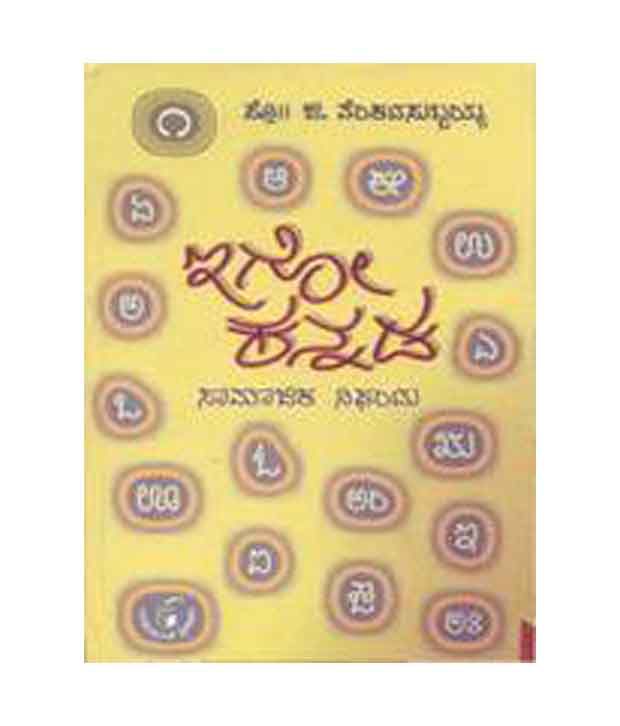
Literature flourished during this time, which led to the emergence of distinctive Kannada literary metres, and the construction of temples and sculptures adhering to the Vesara style of architecture. Īt the turn of the first millennium, the Hoysalas gained power in the region. The Cholas and the Hoysalas fought over the region in the early 12th century before it eventually came under Hoysala rule. Parts of modern-day Southern Karnataka (Gangavadi) were occupied by the Chola Empire at the turn of the 11th century. The Western Chalukyas patronised a unique style of architecture and Kannada literature which became a precursor to the Hoysala art of the 12th century. These dynasties were followed by imperial Kannada empires such as the Badami Chalukyas, the Rashtrakuta Empire of Manyakheta and the Western Chalukya Empire, which ruled over large parts of the Deccan and had their capitals in what is now Karnataka. These were also the first kingdoms to use Kannada in administration, as evidenced by the Halmidi inscription and a fifth-century copper coin discovered at Banavasi. The Kadamba Dynasty, founded by Mayurasharma, had its capital at Banavasi the Western Ganga Dynasty was formed with Talakad as its capital. The decline of Satavahana power led to the rise of the earliest native kingdoms, the Kadambas and the Western Gangas, marking the region's emergence as an independent political entity. Four centuries of Satavahana rule followed, allowing them to control large areas of Karnataka. Prior to the third century BCE, most of Karnataka formed part of the Nanda Empire before coming under the Mauryan empire of Emperor Ashoka. Gold discovered in Harappa was found to be imported from mines in Karnataka, prompting scholars to hypothesise about contacts between ancient Karnataka and the Indus Valley Civilisation ca. Evidence of neolithic and megalithic cultures have also been found in the state. Karnataka's pre-history goes back to a paleolithic hand-axe culture evidenced by discoveries of, among other things, hand axes and cleavers in the region.

Mallikarjuna temple and Kashi Vishwanatha temple at Pattadakal, built successively by the kings of the Chalukya Empire and Rashtrakuta Empire is a UNESCO World Heritage Site. Karnataka has the nineteenth highest ranking among Indian states in Human Development Index. The economy of Karnataka is the Sixth-largest of any Indian state with ₹16.39 trillion (US$220 billion) in gross domestic product and a per capita GDP of ₹231,000 (US$3,100). Karnataka has contributed significantly to both forms of Indian classical music, the Carnatic and Hindustani traditions. The philosophers and musical bards patronised by these empires launched socio-religious and literary movements which have endured to the present day.

With an antiquity that dates to the paleolithic, Karnataka has been home to some of the most powerful empires of ancient and medieval India. The British used the word Carnatic, sometimes Karnatak, to describe both sides of peninsular India, south of the Krishna. Karu Nadu may also be read as karu, meaning "black" and nadu, meaning "region", as a reference to the black cotton soil found in the Bayalu Seeme region of the state. Though several etymologies have been suggested for the name Karnataka, the generally accepted one is that Karnataka is derived from the Kannada words karu and nādu, meaning "elevated land". Karnataka also contains some of the only villages in India where Sanskrit is primarily spoken. Other minority languages spoken include Urdu, Konkani, Marathi, Tulu, Tamil, Telugu, Malayalam, Kodava and Beary. Kannada, one of the classical languages of India, is the most widely spoken and official language of the state. With 61,130,704 inhabitants at the 2011 census, Karnataka is the eighth largest state by population, comprising 31 districts. It is the sixth largest Indian state by area. The state covers an area of 191,976 square kilometres (74,122 sq mi), or 5.83 percent of the total geographical area of India. It is the only southern state to have land borders with all of the other 4 southern Indian sister states. Karnataka is bordered by the Arabian Sea to the west, Goa to the northwest, Maharashtra to the north, Telangana to the northeast, Andhra Pradesh to the east, Tamil Nadu to the southeast, and Kerala to the south. Its capital and largest city is Bangalore. The state corresponds to the Carnatic region. Originally known as the State of Mysore / m aɪ ˈ s ɔːr/, it was renamed Karnataka in 1973. It was formed on 1 November 1956, with the passage of the States Reorganisation Act. The state is in the south western region of India.


Karnataka ( / k ər ˈ n ɑː t ə k ə/ ISO: Karnāṭaka, Kannada pronunciation: ) is a state in South India.


 0 kommentar(er)
0 kommentar(er)
